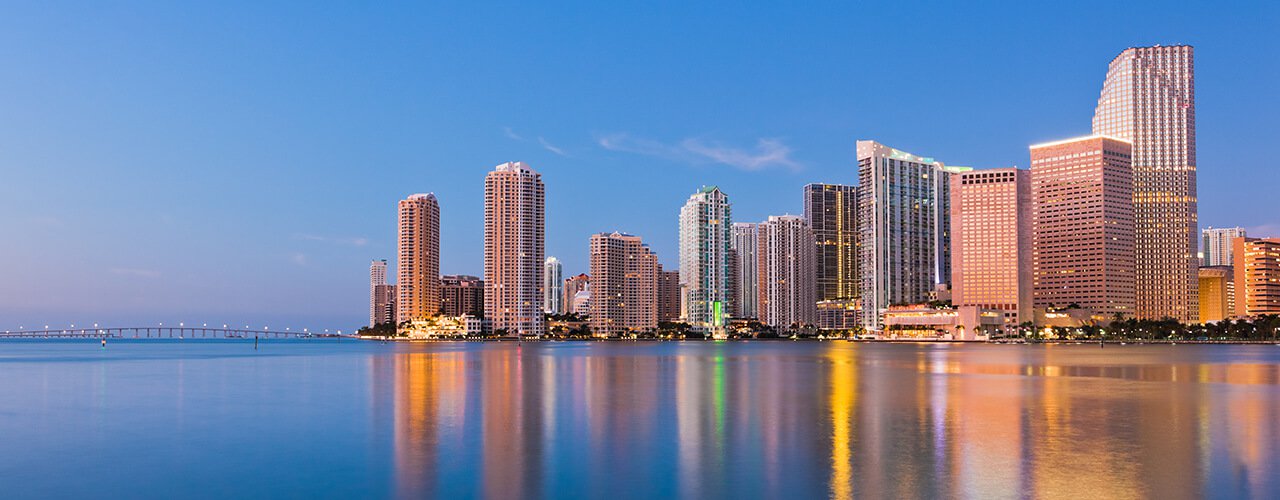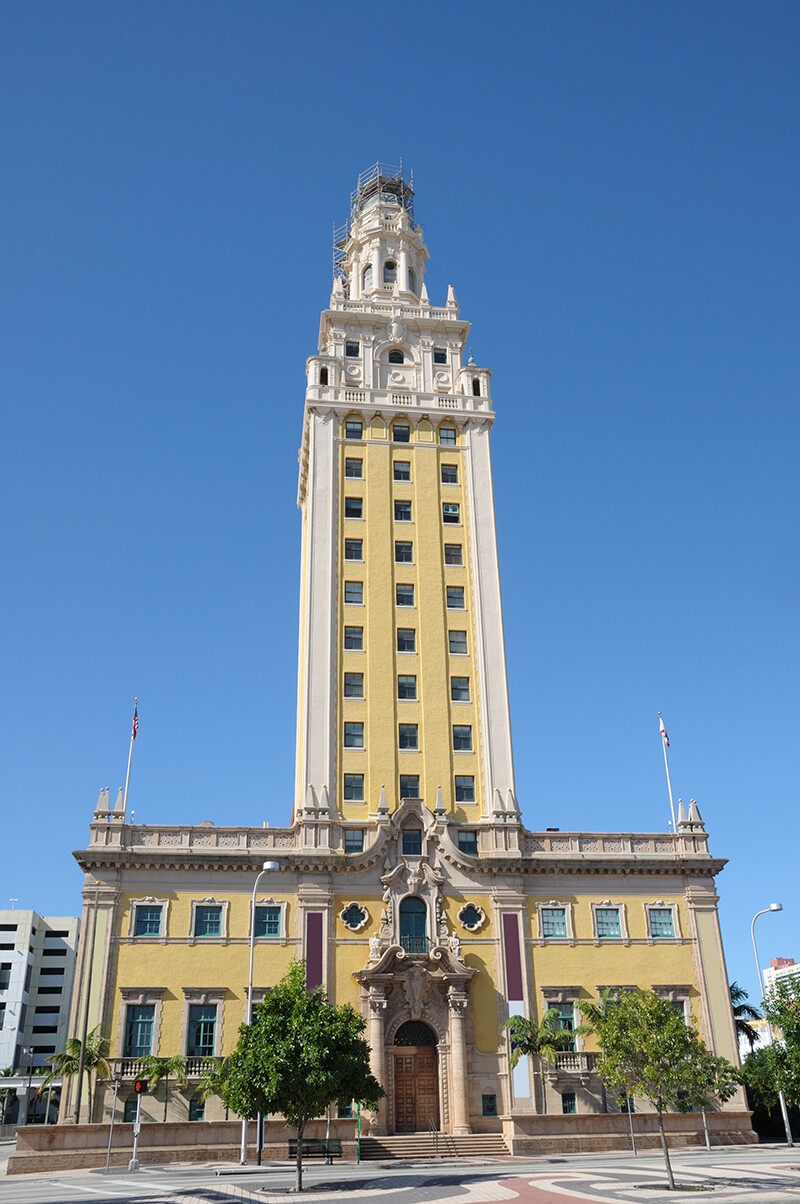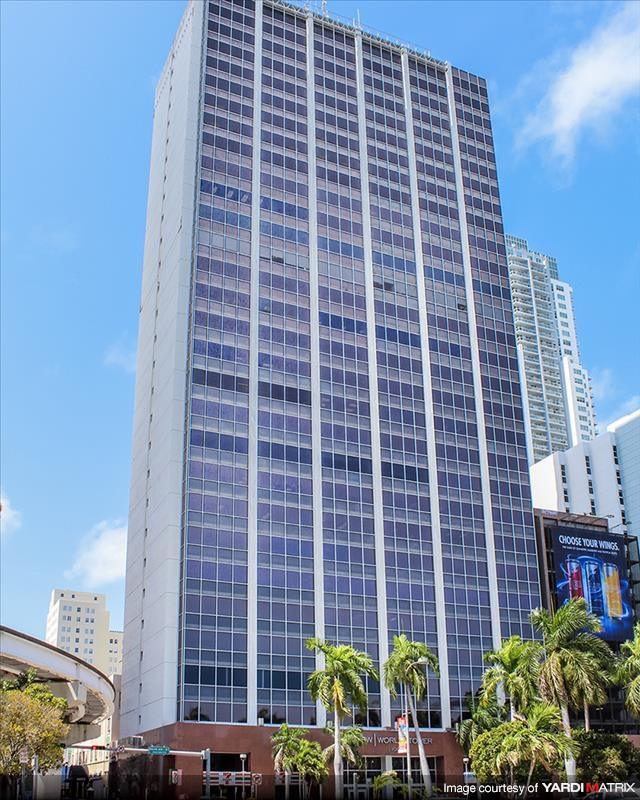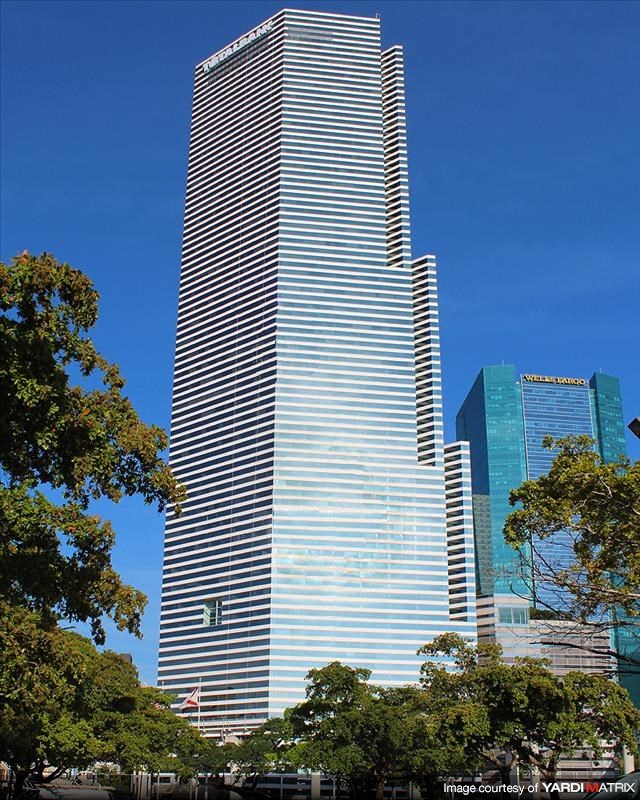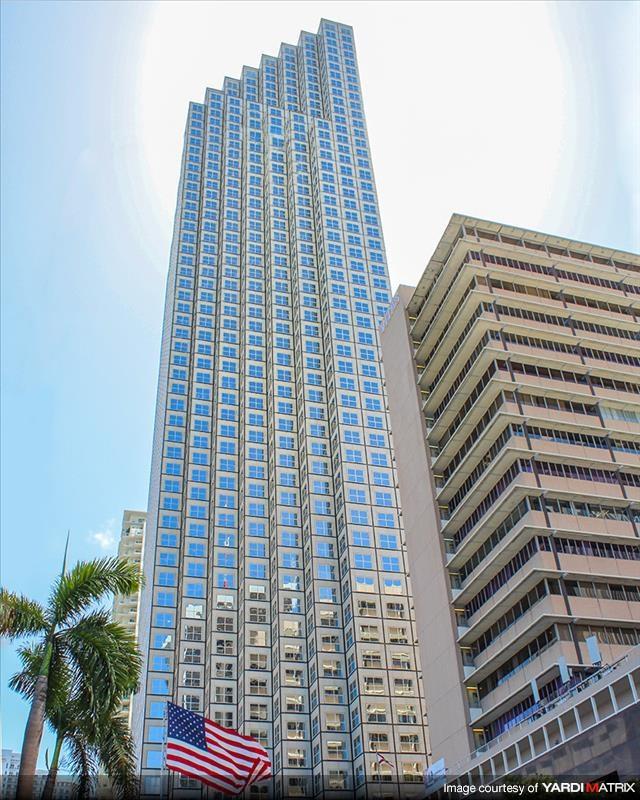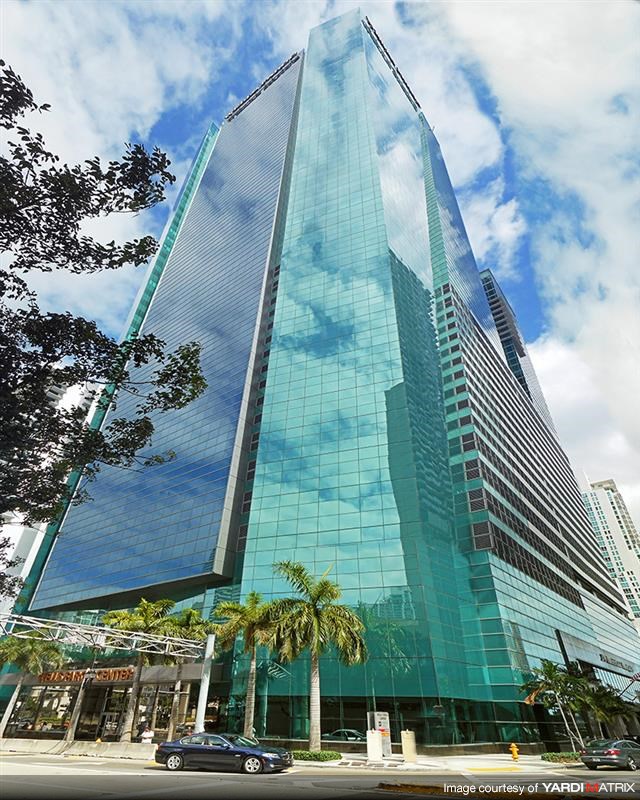About 140 years ago, Magic City was just a figment of Julia Tuttle’s imagination. In the late 1800s, she envisioned the yet unincorporated Village of Miami as a prosperous future gateway for international trade. Driven by that vision, Tuttle successfully secured an extension of the Florida East Coast Railway to the seemingly unimportant Southeast Florida coast settlement. This essentially sparked one of the world’s most impressive stories of urban development. The original City of Miami was incorporated in 1896 with roughly 450 citizens on record. By 1950, after several devastating hurricanes, the events of World War II and the Great Depression, Miami’s population had grown to 249,000. Whatever magic Julia Tuttle’s strong-willed vision bestowed on Miami, this city seems to grow ever stronger in the face of adversity and has become one of the country’s largest urban areas.
Now home to 6 million people, the Miami metro boasts the country’s third-tallest skyline, with more than 300 high-rise buildings. Watch the video below, which maps Downtown Miami’s skyline evolution through the decades. Then, read on to delve deeper into the city’s origin story.
The Growing Heart of Dade
Soon after the 1896 incorporation, Miami’s first passenger train brought in tourists – as well as those looking to build a new life. Before long, the city became the permanent seat of Dade County, and had its first bank, streets and newspaper.
Standing 17 stories tall, the building that gave Miami’s skyline its first push toward fame was completed in 1925; it served as the headquarters and printing facility for The Miami News. Designed by Schultze and Weaver, The Miami Daily News Tower was inspired by the iconic Giralda Cathedral Bell Tower in Seville, Spain. During the troubled 1960s, the structure served as the Cuban Refugee Emergency Center, and became a symbol of liberation for the Cuban-American community that grew on the Miami Shores. Following the Cold War, the building was renamed Freedom Tower and was added to the National Register of Historic Places.
Florida’s great boom of the 1920s also yielded what was to be its tallest structure for 44 years — the Dade County Courthouse. Upon its completion in 1928, it was the tallest structure south of Baltimore; it also served as City Hall and harbored the county jail on the top nine floors. Towering 360 feet above West Flagler Street, the Albert Anthony Ten Eyck Brown design was originally intended for Atlanta’s City Hall, but it did not “wow” the Georgia judges. Miamians, however, were excited to take on the elevation of their first skyscraper.
The Flower Power Decade Sets Miami Abloom
Following the roaring ’20s, Miami’s magical expansion continued, even as the effects of the Great Depression and World War II swept the country. By 1960, Miami’s population had swelled to nearly 300,000, fueled by the growing influx of Central-Americans. The iconic skyline that we know today began to rise along the shores of the bay.
The 1960s saw the completion of the distinctive Bacardi U.S. headquarters. One of a growing number of Modernist structures to rise along Biscayne Boulevard, the 1963 building was designed by Cuban-born architect Enrique Gutierrez. Blue-and-white tile murals, crafted by Brazilian Francisco Brennand, adorn the building’s north and south outer walls, contrasting with the minimalist, tinted glass on the east and west facades. Though not among Miami’s tallest structures, it’s one of the city’s most recognizable symbols of the prosperity and resilience of its Cuban exile community.
Progress in Miami was rolling faster, and the skyline was inching toward establishing new records. Completed in 1965, the New World Tower at 100 Biscayne Boulevard was just three feet shy of the Dade County Courthouse’s peak. However, it did not fail to impress. Upon completion, the futuristic high-rise boasted a Bower System mechanical parking garage that was decades ahead of its time.
Seven years later, Miami’s skyline crown would go to One Biscayne Tower. Designed by three Cuban-exiled architects, the 492-foot-tall tower has since won five TOBY Awards and voted “Best Rehabilitated/ Modernized Building” twice. With its six-foot-wide windows and sweeping views of the bay, One Biscayne inspired further development and marked yet another Miami growth spurt. A flurry of towers sprang up in Downtown Miami and ushered in the infamously cash-filled Miami of the 1980s.
The Bigger, the Better, the Miami Eighties
Private jets flying in and out of town above 300-foot-tall hotels and office towers became the norm in Miami. The opulence of the 80s seemed to have no bottom line; a striking example of that is the Miami Tower, formerly the CenTrust Bank headquarters. The landmark designed by I. M. Pei featured a three-story spiral staircase. With brass-plated handrails and polished-marble steps valued at $50,000 each, the staircase was famously loaded into the building by helicopter. This marble pathway climbed into the executive offices of CenTrust’s chairman — a golden lair worthy of a James Bond storyline, complete with gold-plated plumbing, gold-leaf ceilings, and a bullet-proof shower door.
Similarly, the 55-story Southeast Financial Center opened in 1984. At the time, it was the tallest building south of New York City and east of the Mississippi River. Built over three years, the tower is reportedly visible from Fort Lauderdale and was a skyline icon of choice for the hit 1980s TV show “Miami Vice.” In 2016, the emblematic Miami skyline figure commanded more than $500 million when it was purchased by Spanish billionaire and Zara founder Amancio Ortega, in one of South Florida’s largest real estate transactions to date. The Southeast Financial Center lost its “tallest of the tall” crown to the 70-story Four Seasons hotel in 2003. Today, they both rank behind the Panorama Tower.
Tuttle’s Dream Soars Higher into the 21st Century
By 2000, the Miami metropolitan area had surpassed 5 million in population and was gearing up for its most expansive growth spurt yet. Following what was nicknamed “the modest ’90s” — when much of the unsustainable excess of the 1980s was cleaned up and Miami was whipped back into shape — the skyline began to flourish once more. The “Manhattanization” wave of new high-rise architecture took Downtown by storm during the first decade of the new millennium. It also yielded many of today’s tallest buildings in Miami and almost entirely shaped the first line of skyscrapers that can be seen from the bay today. The One Miami East and West towers at the mouth of the Miami river; 50 Biscayne; the Wells Fargo Center; and the striking Vizcayne skyscrapers, which were raised on the site of the historic Everglades Hotel, are only a few of Miami’s “new millennium digs.” Julia Tuttle’s Miami dream-come-true continues to shift and grow, ever adapting and evolving.
Approved in 2006, but put on hold during the last recession, the mixed-use, 85-story Panorama Tower developed by Tibor Hollo’s Florida East Coast Realty was completed last year. Topping out at 868 feet, the Panorama is Miami’s new king of the skyline. The development includes two office towers; a 19-story parking pedestal; a 208-key Hyatt Centric hotel; and a pool deck complete with bars, dining and social lounges on the 22nd floor. Luxury flirts with Miami once more.
Recent architecture projects embrace and cater to lifestyle trends and choices of more recent generations:
- ZOM’s 50-story Solitair Brickell includes 438 luxury residential rental units ranging from studios to one- and two-bedroom units, as well as two-bedroom penthouse suites, but no larger.
- X Miami is a modern, 49-story, communal living tower that banked on the strengthening co-living trend led by Millennials and Gen Zers. It successfully disrupted the traditional rental housing market which is – more often than not – priced out of reach of the younger professionals.
- Canvas, a 37-story tower harboring 513 condos, is a celebration of the Miami Arts and Entertainment district where it is located. The Canvas Collection is a massive collaboration of artwork by more than 20 international and local artists; it displays 225 pieces of art, including 150-foot murals and framed prints.
The remarkable pace at which the Downtown Miami skyline continues to grow makes it a perfect playground for architects worldwide. One notable project completed this year is One Thousand Museum, an ultra-luxury condo development with an exoskeleton. Designed in the iconic Zaha Hadid style, the 700-foot-tall tower wears most of its structural support on the outside, in order to maximize the usable space within. Building this modern architectural wonder required approximately 4,800 pieces of glass-fiber reinforced concrete, which were shipped to Miami from Dubai and assembled on-site to create the permanent exoskeletal formwork.
Current building height records will not reign for long, as upcoming designs aim to push the vertical boundaries even further. Florida East Coast Realty is already working on dethroning its own Panorama Tower with One Bayfront Plaza, a sleek mixed-use tower that is set to rise more than 1,000 feet above the bay.
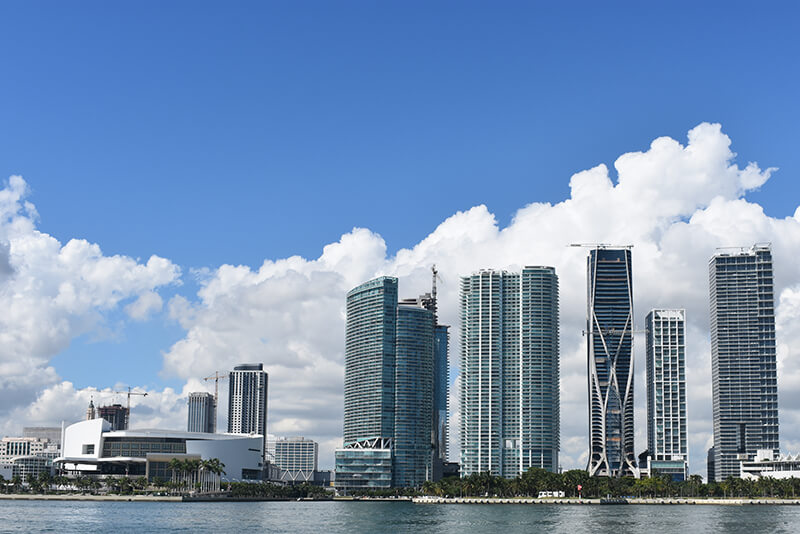
Miami bayfront skyline featuring, from left to right, the American Airlines Arena, Marina Blue at 888 Biscayne, 900 Biscayne Bay condo tower, One Thousand Museum, Ten Museum Park, and the Marquis Miami (Shutterstock)
Methodology
We used Yardi Matrix and Skyscrapercenter property data and characteristics information for research on buildings to include in this skyline evolution video. Our area of focus was the Downtown Miami area, located between SW 15th Road to the south, Interstate 95 to the west, NW 17th Street to the north, and Dodge Island to the east. Although future projects are mentioned in this article, the video only includes completed and delivered buildings that are located within the aforementioned boundaries and are at least 200 feet tall. The height was considered to be from base to tip, regardless of material and function of the highest element. No building classes were excluded.

